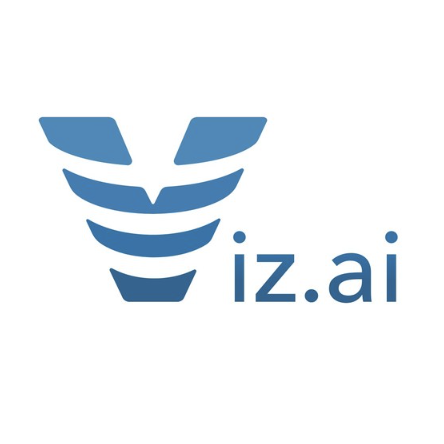READY TO CONNECT FOR A FREE CONSULTATION?
We are the experts at helping seed/VC-backed Delaware C-Corps with their accounting and finances!
Talk to an experienced accountant, not a generic sales person




$250M+ VC Funding Raised
"I had a great experience working with Kruze Consulting when we raised Series A. They know what VCs need to see, and how to present a startup’s books and finances. If you are going to raise venture capital, you need experts like Kruze."
Chris Mansi
CEO
Startup Venture Capital Assistance
With former venture capitalists on staff, our team is here to help you navigate the fundraising process and manage your board of directors

Founder & CEO, CPA

VP of Revenue

Scale Remote Operations & Team
"Kruze has supported us above and beyond basic accounting needs by ensuring we have everything we need to expand and support our team wherever they may be located"
Zack Fisch
Head of Operations & Legal
Clients who have worked with Kruze have collectively raised over $15 billion in VC funding.
We set startups up for fundrising success, and know how to work with the top VCs.

Founder & CEO
Experienced team helping you
Our account management team is staffed by CPAs and accountants who have, on average, 11 years of experience.

VP of Accounting Services

Controller

SUT/R&D Sr. Tax Accountant

Controller, CPA

Grew from a 2-person startup to a NASDAQ listed public company.
"The Kruze team helped us grow from a 2-person startup to a NASDAQ listed public company in 2 years. We wouldn’t have gotten public without Kruze’s support. Anyone thinking of launching a startup should make Vanessa their first call!"
Jesse Shefferman
CEO